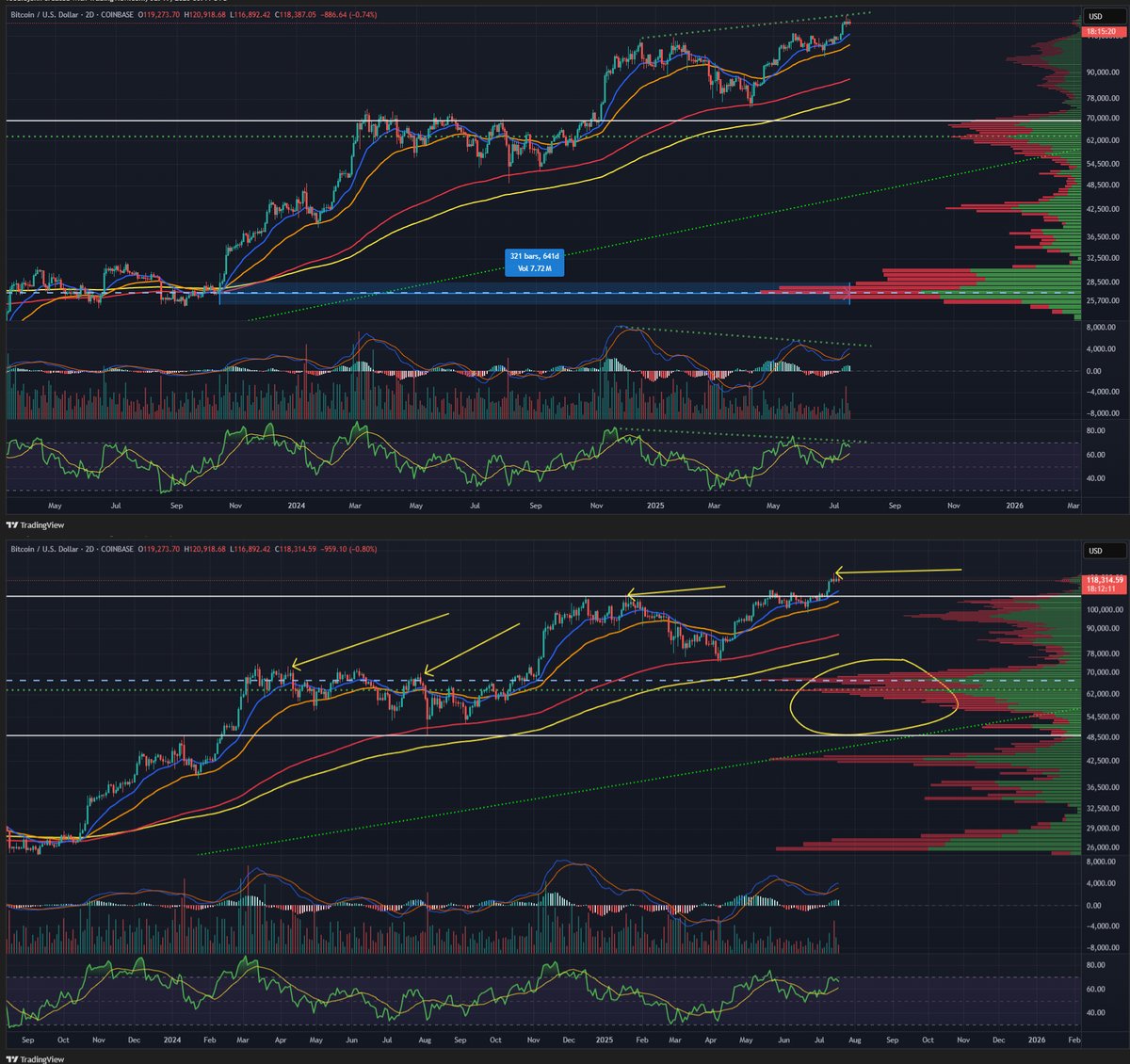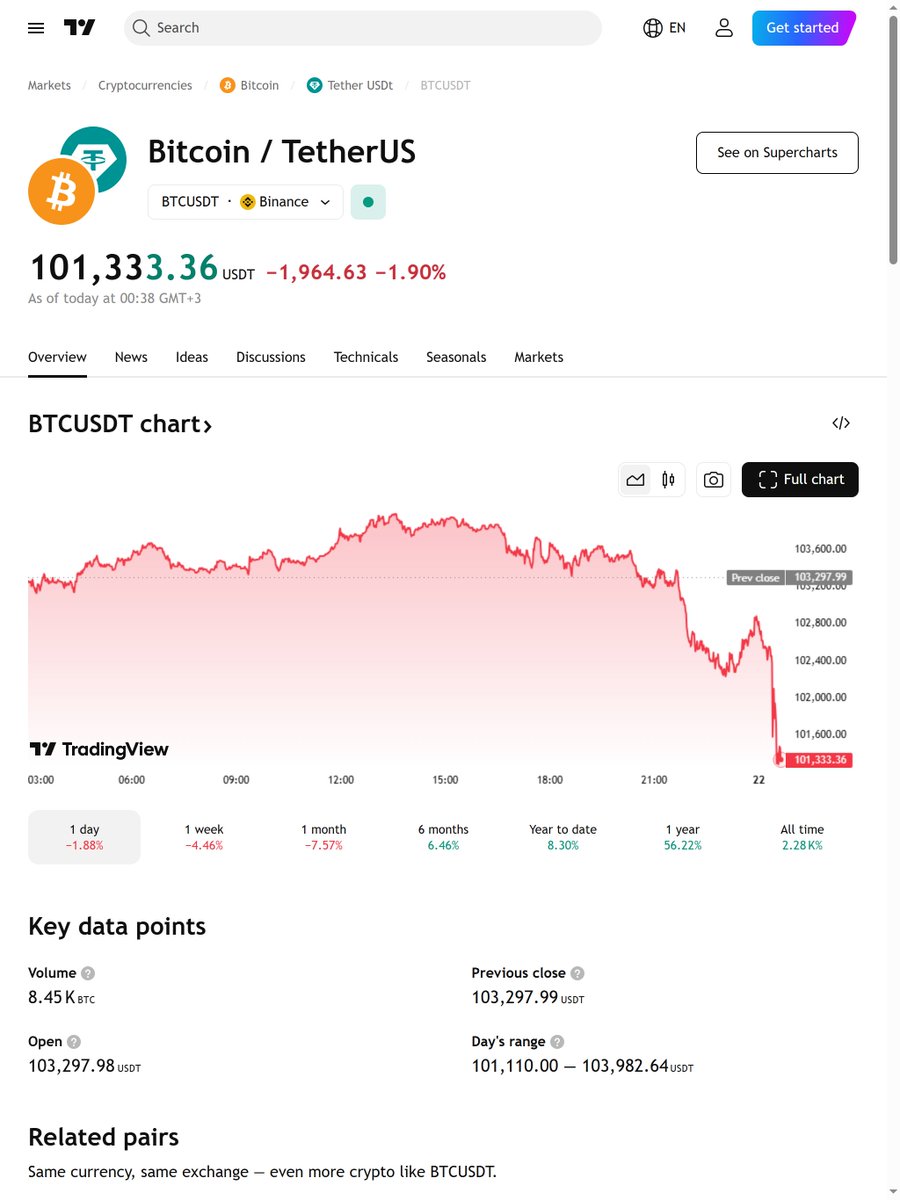—
Unpacking Artificial Intelligence: A Journey Through Its Foundations and Market Reality
From sci-fi dreams to real-world revolutions, artificial intelligence (AI) has shifted from the fringes of technology to the heartbeat of modern innovation. As of mid-2025, AI not only powers much of the digital landscape but is also redefining industries, economies, and our daily interactions. This report aims to demystify AI’s core architectural principles, trace its technological evolution, and analyze its market dynamics in a clear, accessible way.
—
Breaking Down AI: The Architecture Behind the Magic
At its essence, artificial intelligence mimics human cognitive abilities via machines and software, but that simplicity masks a highly complex understructure.
Data and Algorithms: The Twin Pillars
AI systems lean heavily on vast datasets and sophisticated algorithms. Raw data feeds the system, enabling it to learn patterns and make predictions. Algorithms—from classical decision trees to deep learning neural networks—act as the brain’s logic circuits, shaping responses based on training inputs.
Neural Networks — The Digital Brain
Borrowing inspiration from the biological neural web in humans, artificial neural networks process information across layers. Each neuron-like node aggregates inputs, applies weights, and activates outputs. This layered structure allows AI to recognize images, understand language, and even generate creative content.
Machine Learning and Beyond
Machine learning (ML) is the dynamic process whereby AI improves through experience, refining models without explicit programming rules. Reinforcement learning, transfer learning, and unsupervised learning are advanced techniques pushing AI closer to human-like flexibility.
Together, these elements form a technical backbone that enables AI systems to operate in diverse applications, from autonomous vehicles to medical diagnostics.
—
Technological Trends Shaping AI’s Future
The landscape around AI technology is constantly evolving, offering breakthroughs that both augment capabilities and raise new questions.
Generative AI: Creativity Meets Computation
Generative AI models like large language models and image generators have disrupted content creation. By synthesizing text, art, or even music, these models blur the lines between human and machine creativity. Innovations focusing on reducing bias and improving factual accuracy are actively researched.
Edge AI: Bringing Intelligence Close to the User
Instead of relying solely on cloud servers, edge AI processes data locally on devices such as smartphones or IoT gadgets. This trend enhances real-time responsiveness and privacy, crucial for applications in healthcare monitoring and autonomous machines.
Explainability and Ethics
As AI systems become more complex, understanding their decision-making (“explainability”) gains urgency. Developers integrate transparency measures to decode how models reach conclusions, addressing ethical concerns about fairness, bias, and accountability.
—
Market Dynamics and Investment Climate in Mid-2025
AI’s economic footprint continues expanding, but the market terrain is nuanced.
Robust Growth with Targeted Adoption
Global AI market projections exceed hundreds of billions of dollars annually, driven especially by sectors like healthcare, finance, automotive, and retail. Yet, adoption varies widely; while large enterprises integrate AI to optimize processes, smaller businesses face hurdles around costs and expertise.
Venture Capital and Corporate Players
Investment flows remain vigorous, with AI startups raising substantial rounds, fueling innovation in areas such as natural language processing, autonomous robotics, and quantum AI. Meanwhile, tech giants maintain leadership by integrating AI into cloud platforms and consumer products.
Regulatory Winds
Governments worldwide grapple with balancing innovation incentives and risk mitigation. Data privacy laws, AI deployment guidelines, and accountability frameworks are unfolding, impacting development strategies and market access.
—
Challenges and Opportunities: Navigating the AI Ecosystem
The journey of AI adoption presents both hurdles and promising prospects.
Challenges:
– Bias and Fairness: AI models can inadvertently perpetuate societal biases embedded in their data. Addressing this requires diverse datasets and inclusive design practices.
– Security Risks: AI systems are vulnerable to adversarial attacks and data poisoning, demanding robust defense mechanisms.
– Workforce Impact: Automation may disrupt jobs, prompting the need for reskilling and thoughtful transition plans.
Opportunities:
– Healthcare Breakthroughs: AI accelerates drug discovery, enhances diagnostic accuracy, and enables personalized treatment plans.
– Efficiency Gains: Businesses streamline operations and reduce costs through intelligent automation and predictive analytics.
– Sustainability: AI tools optimize energy use, manage resources, and support environmental monitoring, contributing to climate action.
—
Looking Ahead: AI’s Transformational Potential and the Road Forward
As AI weaves deeper into societal fabric, it presents a dual narrative — one of extraordinary innovation tempered by ethical and practical questions. Its decentralized development across open-source communities, academia, and private sector encourages vibrant progress but also fragmentation.
The key to harnessing AI’s full potential lies in collaboration: stakeholders working together to shape transparent, equitable, and secure AI systems. A future where AI enhances human creativity and problem-solving without compromising values seems within reach if we navigate wisely.
Ultimately, AI in mid-2025 is not just a technological phenomenon but a profound cultural shift — and understanding its inner workings alongside market realities equips us better to participate in shaping what comes next.
—
Sources
– Stanford AI Index Report 2025
– McKinsey Global Institute – The State of AI in 2025
– OpenAI Blog – Advances in Generative AI
– Gartner Market Guide for AI
– MIT Technology Review – Ethics in AI
– World Economic Forum – AI and the Future of Work
—











